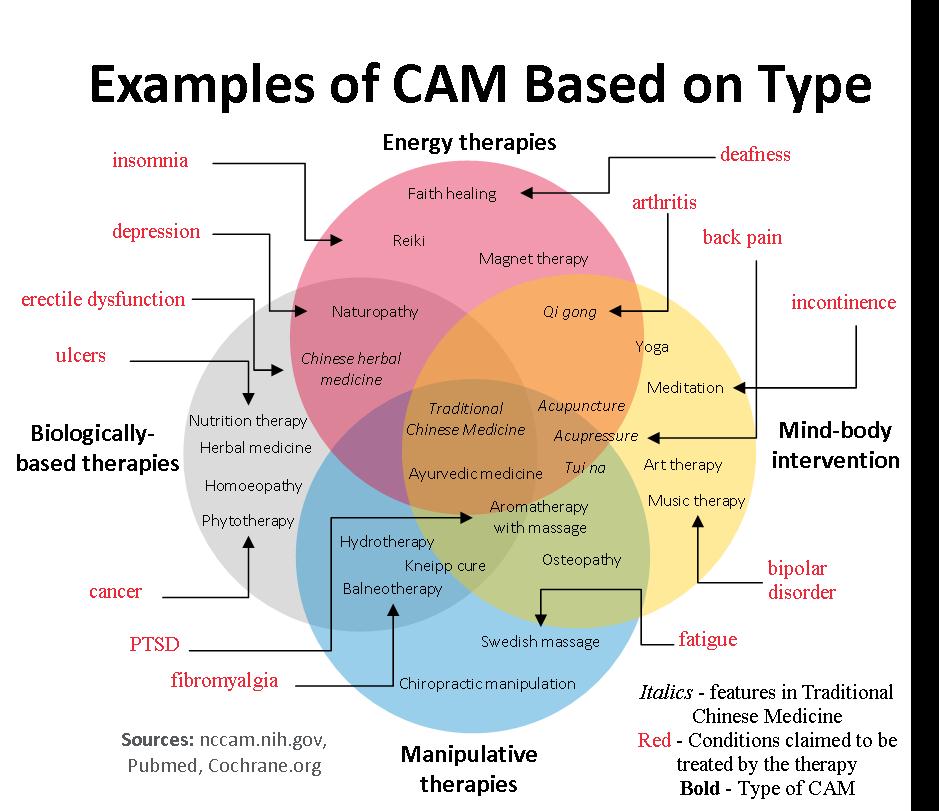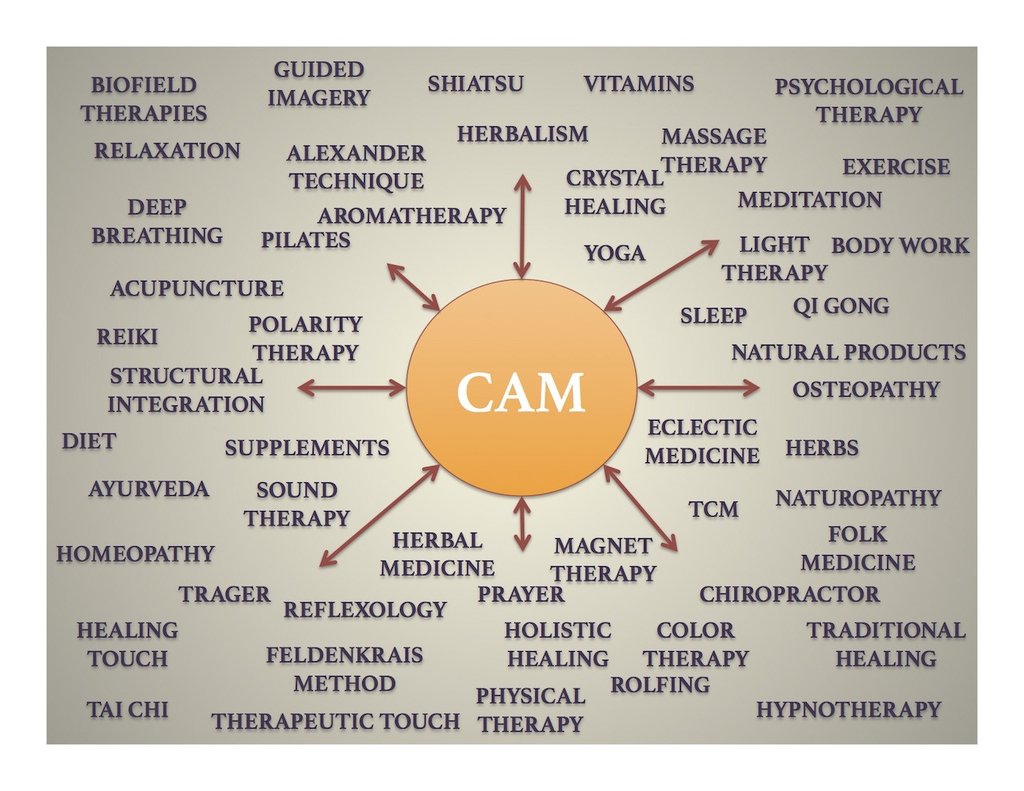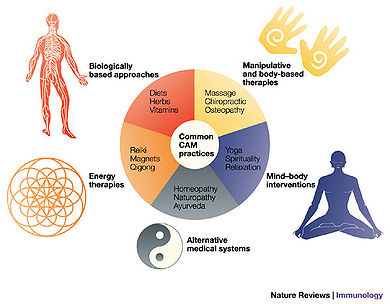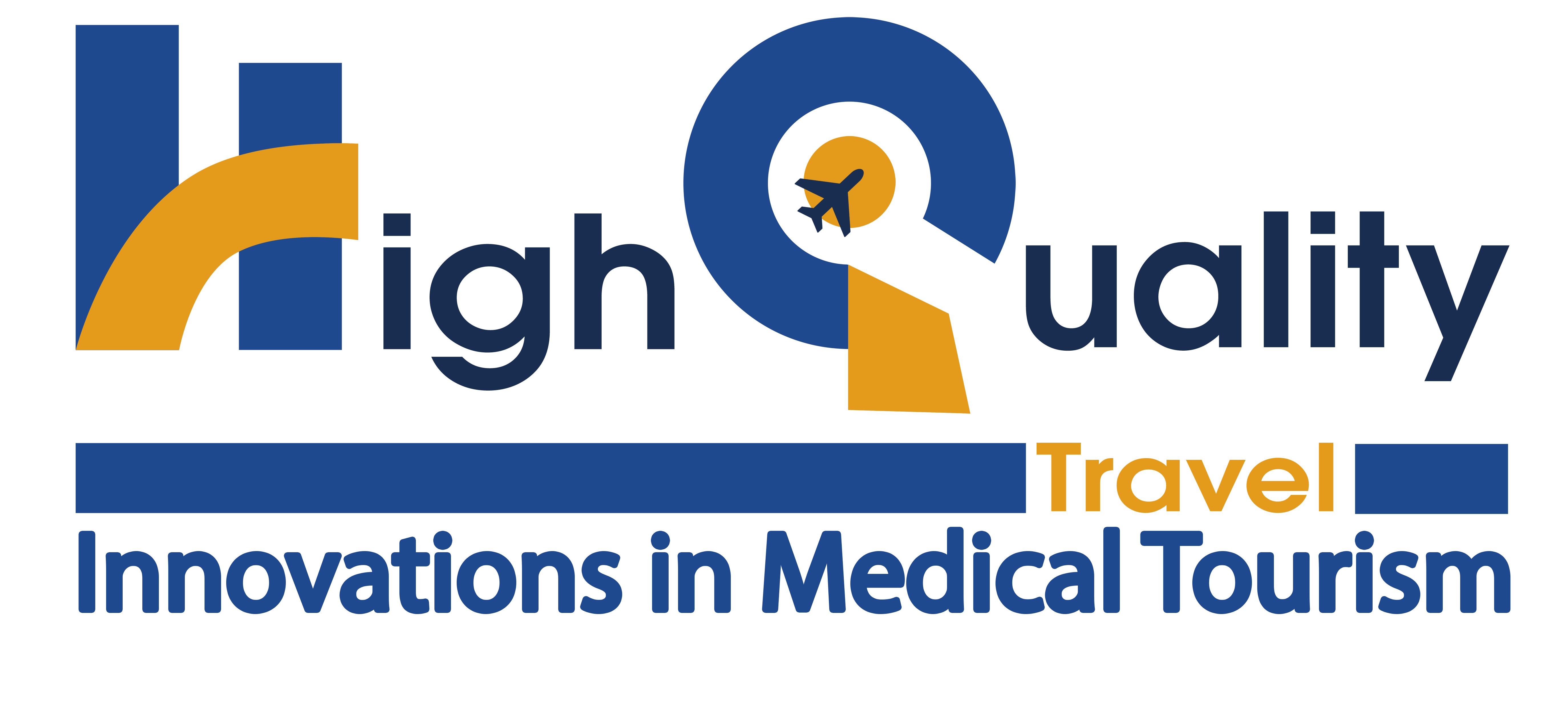Complementary and Alternative Medicine (CAM)
Introduction
- Background: Complementary and alternative medicine (CAM) incorporates a heterogeneous array of approaches and applications. CAM is increasing in popularity and use globally, with many people using CAM to treat and/or prevent musculoskeletal conditions, or chronic or recurring pain.
- Objectives: To describe the contemporary trends, and outline some of the issues and challenges for the use and development of CAM.
- Major findings: CAM has become a widely used form of healthcare but the prevalence of use of CAM varies by region and modality. CAM more often complements conventional care, and various reasons for the increasing popularity of CAM have been proposed. Issues and challenges for CAM include: across-therapy and within-therapy variances; the complexity of the holistic approach with its multimodal and individualized application of treatment; and the difficulty in identifying suitable research frameworks.
- Conclusions: Consumer demand for CAM suggests that a number of health needs are being met by the practice of CAM. Further research is required to tease out the elements of CAM that are valued by consumers, and to understand the complexity of CAM at both a modality-specific and multimodal level.

-
What is complementary alternative medicine Cam?
Complementary andalternative medicine (CAM) is the term for medical products and practices that are not part of standard medical care.

-
What are examples of complementary and alternative medicine CAM?
Examples of CAM include: Traditional alternative medicine. This field includes the more mainstream and accepted forms of therapy, such as acupuncture, homeopathy, and Oriental practices. These therapies have been practiced for centuries worldwide.
-
What is the difference between complementary and alternative medicine?
Together, complementary and alternative medicine have come to be called “CAM” for short. Both alternative and complementary medicine use the same kinds of remedies to treat health conditions. The difference is that alternative medicine is often used instead of conventional medical techniques.
-
Is alternative medicine safe and effective?
Finally, remember that sound health advice is generally based on a body of research, not a single study. Although scientific studies are the best way to evaluate whether a treatment is safe and effective, it isn't always possible to find good studies about alternative medicine
-
What is complementary and alternative medicine used for?
CAM is a group of diverse medical and health care systems, practices, and products that are not generally considered part of conventional medicine . Complementary medicine is used together with conventional medicine, and alternative medicine is used in place of conventional medicine.
-
What is complementary medicine used for?
Complementary therapies are used as a "complement" or addition to conventional medicine. Because complementary medicine can be combined or integrated with conventional medical treatment, it is also called "integrative medicine." Complementary medicine is not alternative medicine
-
What is a CAM practitioners?
Many people use complementary and alternative medicine (CAM) in pursuit of health and well-being. Selecting a health care practitioner is an important decision and can be essential to ensuring that you are receiving the best possible care.
-
What is an example of complementary medicine?
Examples of complementary medicine include: Alternative health approaches such as traditional Chinese medicine, homeopathy, and naturopathy. Mind and body practices like acupuncture, massage therapy, and tai chi. Natural health products like herbs, dietary supplements, and probiotics.
-
What are the different types of complementary therapies?
Some of the more popular complementary therapies include:- acupuncture.
- Alexander technique.
- aromatherapy.
- herbal medicine.
- homeopathy.
- naturopathy.
- reiki.
- Yoga.

-
What are complementary therapies used for?
Complementary therapies are used alongside conventional medical treatments prescribed by your doctor. They can help people with cancer to feel better and may improve your quality of life. They may also help you to cope better with symptoms caused by the cancer or side effects caused by cancer treatment.
-
What does alternative medicine include?
Alternative medical practices are generally not recognized by the medical community as standard or conventional medical approaches. Alternative medicine includes dietary supplements, megadose vitamins, herbal preparations, special teas, massage therapy, magnet therapy, and spiritual healing.
-
Is alternative medicine safe?
Is Alternative Medicine Really Safe? ... “Complementary and integrative therapies in responsible hands are as safe as, if not safer than, traditional medical care,” he says. In fact, many alternative medicine practitioners are MDs. And if theyre not, they are often licensed in their particular field.
-
What do naturopathic doctors do?
The naturopathic physician is a primary health care provider of naturopathicmedicine. He or she uses complementary and alternative therapies along with mainstream medical practice, with the goal of treating underlying causes of disease while stimulating the body's own healing abilities.
-
Can ND prescribe medication?
NDs can perform minor surgeries, such as removing cysts or stitching up superficial wounds. However, they do not practice major surgery. NDs are trained to utilize prescription drugs, although the emphasis of naturopathic medicine is the use of natural healing agents. A naturopathic ph ysician will take time with you.

